How to
Perform Asr Salaah
How to
Perform Asr Prayer
In muslim tradition, tradition The Asr prayer is one Five mandatory prayer. As an Islamic day starts At sunset. So, technically Asr salaah is the 5th prayer of the day. But from the mid night it’s the 3rd prayer of the day.
You will learn from this article:
How Perform Asr Prayer(*)
1.What is Asr salaah and how to Perform Asr Salaah
1.What is Asr salaah and how to Perform Asr Salaah
Asr salaah means the afternoon Islamic prayer. This is one of the five mandatory salaah. It’s the 3rd prayer of the day. Asr prayer is identical to Dhur prayer except for the intention.
2.Time to pray Asr salaah
2.Time to pray Asr salaah
Asr salaah is the afternoon salaah. Asr salaah starts after a Muslim has finished Zuhr’s prayers. Asr prayers end time is a few minutes before the start of maghrib prayers.
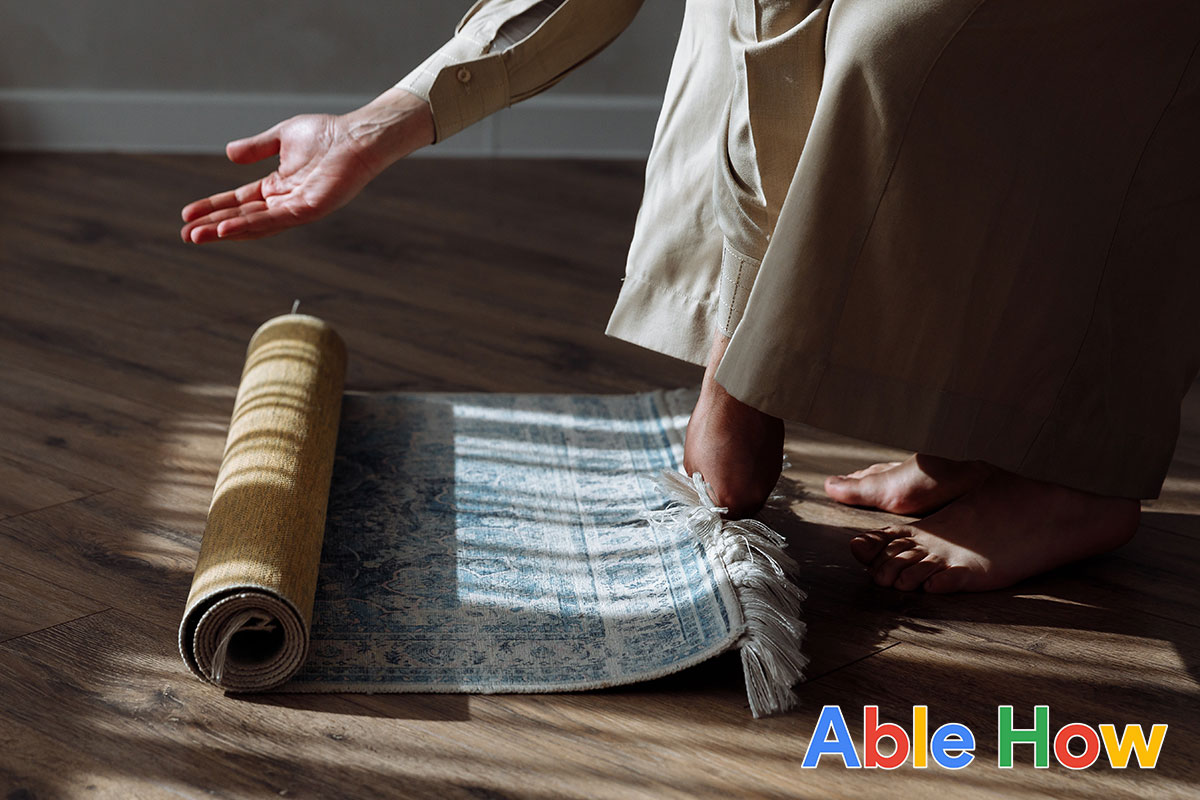
3.How many Rakats in Asr salaah
3.How many Rakats in Asr salaah
The timings of this salat start between noon and sunset. It’s an eight Rakats prayer.
1.The first four Rakats are sung to create Sunnat Non-Mokadda.
2. The other Rakats are played in the same way as Fard.
Following Zuhar’s Salat, The Asar’s prayer begins and begins later in the day. The prayer consists of eight Rakats and four Rakat Sunnat, which is not a Mokadda prayer and Four Rakat fard. Non-Mokadda Rakats means there is no sin in refusing to give, but praying to them will reward you. In a hadith, it’s said that.

4.How many Rakats in Asr salaah:
4.How many Rakats in Asr salaah:
The timings of this salat start between noon and sunset. It’s an eight Rakats prayer.
1.The first four Rakats are sung to create Sunnat Non-Mokadda.
2.The other Rakats are played in the same way as Fard.
Following Zuhar’s Salat, The Asar’s prayer begins and begins later in the day. The prayer consists of eight Rakats and four Rakat Sunnat, which is not a Mokadda prayer and Four Rakat fard. Non-Mokadda Rakats means there is no sin in refusing to give, but praying to them will reward you. In a hadith, it’s said that.
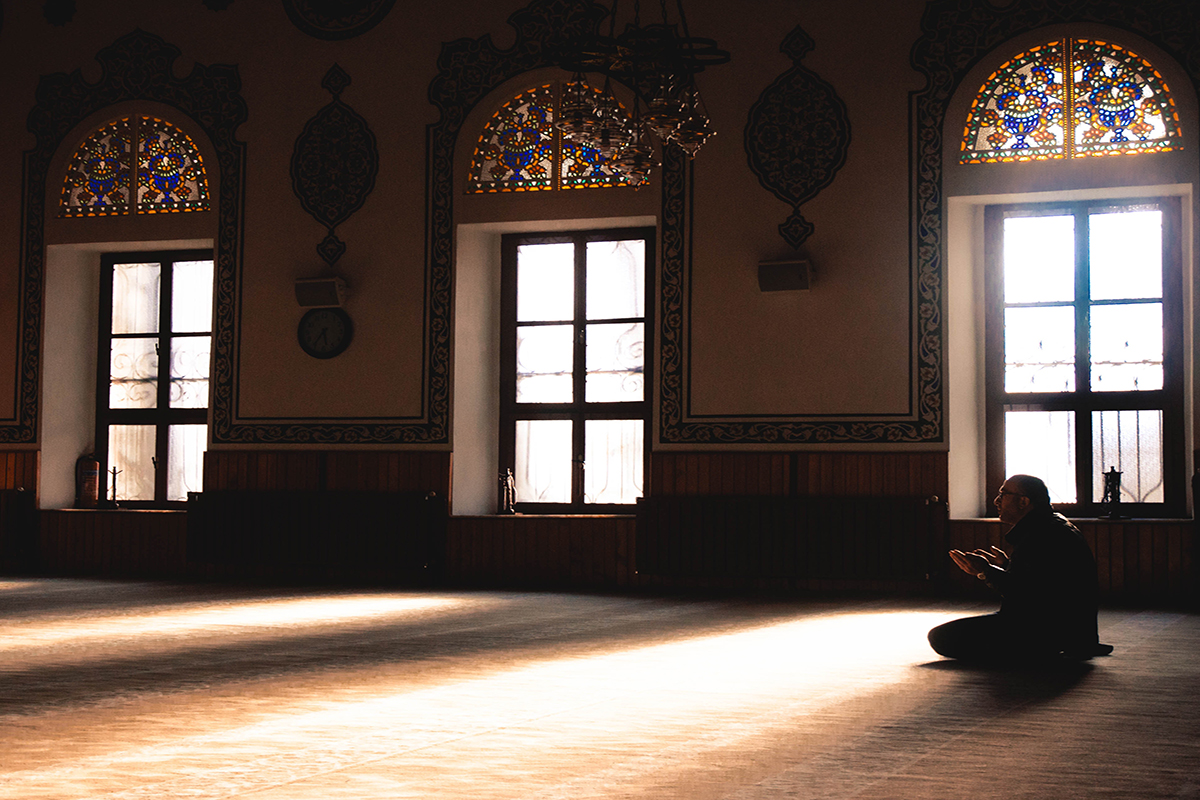
5.Perform wudu or ghusl
5.Perform wudu or ghusl
These Islamic purification rituals are worship acts and are necessary before prayer. Perform wudu if you’ve used the restroom, passed gas, entered deep sleep, or touched your genitals since the last time you did either wudu or ghusl. If you’ve engaged in sexual activity or have been menstruating, perform a ghusl instead.
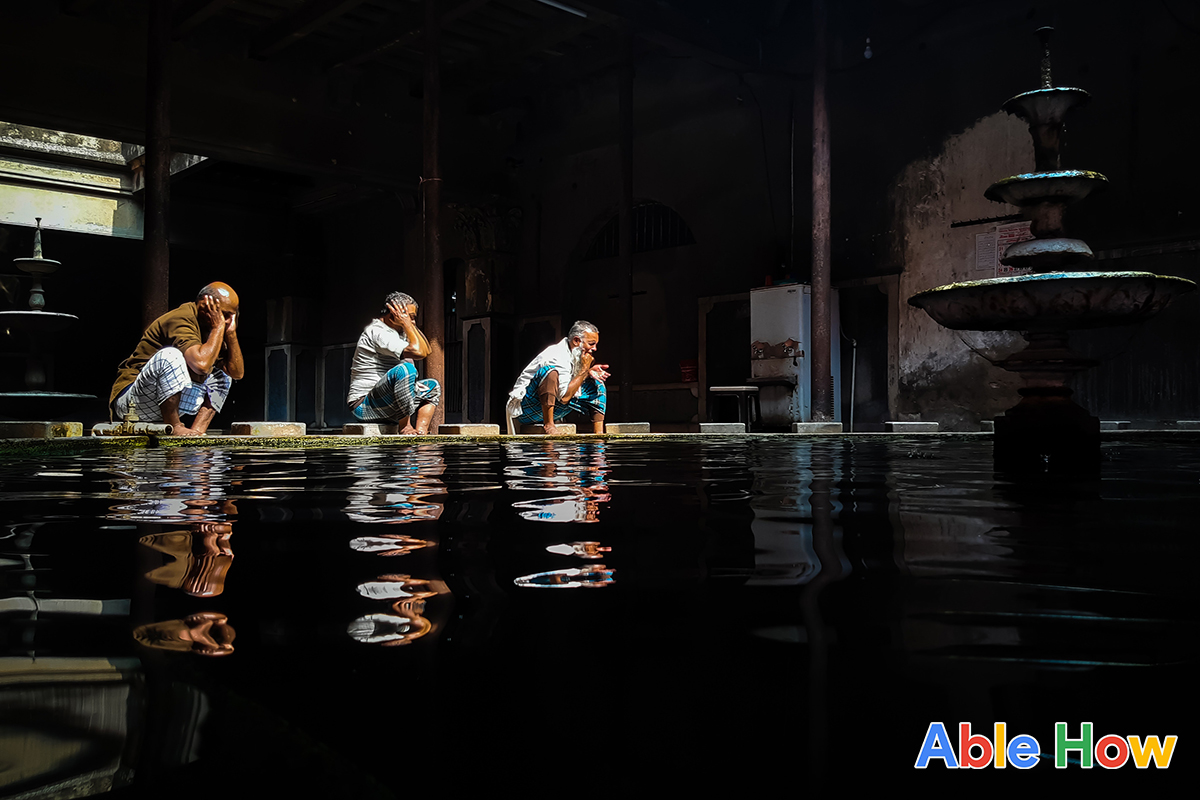
6.Dress modestly
6.Dress modestly
Both men and women are required to dress modestly during prayer. Men should wear at least enough clothing to cover the back and front of their bodies between their belly buttons, their knees, and their shoulders. Women need to cover their entire bodies except for their hands and faces. Both men and women should wear loose clothing that isn’t transparent.
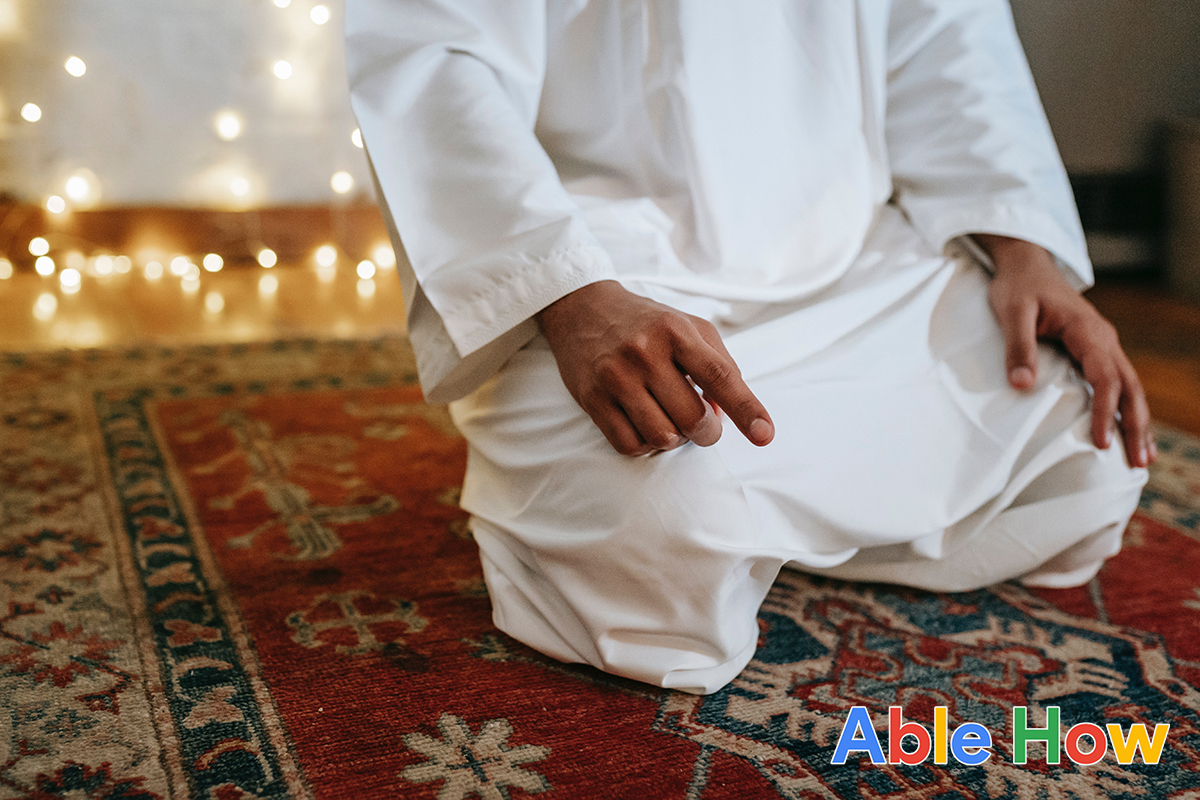
7. Face the Qibla
7. Face the Qibla
Muslims are required to pray toward the Qibla, the name given to the direction of the holy mosque in Mecca. Some particular compasses and websites can help you locate the Qibla anywhere in the world.
1. When it’s time for Salah, ensure you have wudu and wear clothing that, at minimum, covers your awrah. The awrah for men covers everything from the navel to the knees. Women must cover everything except their hands, feet and face.
2. Find a clean space (like on a prayer mat) and somewhere that won’t cause inconvenience for others.
3. Stand and face the Qiblah (direction towards the Kaaba in Makkah), which is towards the southeast in the UK. Many free apps will tell you where the Qiblah is, using the compass on your phone. You can pray sitting down if you cannot stand due to illness or infirmity.
4. Begin by making your intention for the Salah, verbally or silently. This is done in either Arabic or your language. Say, ‘I intend to pray the (four) Rak’at of Salaatul (Dhuhr) for Allah facing the Ka’bah,’ replacing the parts in brackets with the correct number of Rak’ats (units of prayer) and the Salah you are about to perform.
5. From making this intention until the end of your Salah, focus entirely on Allah and pray to Him.
6. Raise your hands to your earlobes for men and shoulders for women while saying ‘Allahu Akbar.’ This means ′Allah is the Greatest’. You are now in a state of ihram, which means that all worldly things are forbidden, such as talking, laughing, eating, drinking or thinking about anything that will distract you.
7. Place your right hand over your left, just below the navel. Women should place their hands over their chests.
8. Say quietly,’SubhanaK-Allahumma wa bihamdiKa, wa tabaarak-asmuKa, wa ta-‘aala jadduKa, wa la ilaaha ghayruK’. This means, ‘O Allah, glory and praise are for You, and blessed is Your Name, and exalted is Your Majesty, and there is no god but You.’
9. Then recite quietly, ‘Auudhu bi-Llahi min ash-Shaitaanir Raheem bismi-Llahir Rahmaani Raheem.’ This means, ‘I seek protection in Allah from the rejected Satan. In the name of Allah, the Most Gracious, the Most Merciful.
10. Then recite Surah al-Fatihah, ending by saying silently ‘Ameen,’ meaning ‘let it be so.’
11. Then recite any other Surah. The minimum recitation is three verses or one long verse, equal
to three short verses. However, it is better to recite a complete Surah.
12.Bow down and say ‘Allahu Akbar,’ meaning ‘Allah is the Greatest,’ placing your hands on your knees, with your back straight. Rest at this position, called Ruku (bowing), and say ‘Subhaana Rabbiy-al-Adheem’ three times at least. This means ‘Glory be to my Lord, the Great.’
13. Then, as you stand up straight again, say, ‘Sami-Allahu liman Hamida’s – ‘Allah heard the one who praised Him.’ Then say, ‘Rabbana laKal hamd’ – ‘O our Lord, all praise belongs to You.’
14. Again, say ‘Allahu Akbar’ and go down into prostration, which is called Sujood. When prostrating, your forehead, nose, palms of both hands, knees and toes pointing forward should all be touching the floor.
15. Say at least three times, ‘Subhaana Rabbiy-al-Aalaa’ – ‘Glory is to my Lord, the Highest.’
16. Sit up while saying ‘Allahu Akbar.’ Rest the palms of your hands on your knees. Sit on the flat of your left foot while keeping the toes of the right foot planted and pointing forward. Women should lean on their left hip, pointing the toes of both feet to the right side.
17. After a few moments, return to prostration while saying ‘Allahu Akbar‘ and repeat step 15.
18. Stand up completely while saying ‘Allahu Akbar.’ You have now completed your first unit, or Rak’ah, of Salah!
19. Follow steps 10 to 17 again.
20. Then return to a sitting position as described in step 16.
21. While sitting, recite the first part of the Tashaahud,’ At-tahiyyatu lillah, was-salawaatu wat-tayyibaat. As-salaamu ‘alayka ayyuhan-Nabiyyu wa rahmat-Ullahi wa barakaatu. As-salaamu alayna, wa alaa ibaadi-llahis saaliheen’. This means, ‘All compliments are for Allah, and prayers and goodness. Peace be upon you, O Prophet, and the mercy of Allah and His blessings. Peace be upon us and on the righteous servants of Allah’.
22. Then, keeping your hands resting on your knees, raise your right index finger while clasping the other fingers of your right hand. Now, recite the second part of the Tashaahud, ‘Ashhadu a laa ilaaha ill-Allahu wa ashhadu anna Muhammadan abduHu wa Rasooluh.’ This means, ‘I bear witness that there is no god but Allah and I bear witness that Muhammad is His servant and messenger.’
23. Lower your right index finger, so your palms are resting on your knees again.
24. If you are praying the two Rak’ats of the Fajr prayer, please follow steps 25 to 28. If you still need to, please skip to step 29.
25. Continue sitting down and recite, ’Allahumma salli alaa Muhammadiw wa alaa aali Muhammadin, kamaa sallayta alaa Ibraheema wa alaa aali Ibraheema, innaKa Hameedum Majeed. Allahumma baarik ‘alaa Muhammadiw wa alaa aali Muhammadin, kamaa baarakta alaa Ibraheema wa alaa aali Ibraheema, innaKa Hameedum Majeed’.
This means, ‘O Allah, send Your mercy upon Muhammad and the family of Muhammad, just as You sent mercy upon Ibrahim and the family of Ibrahim. Truly You are Praiseworthy and Glorious. O Allah, send blessings upon Muhammad and the family of Muhammad, just as You sent blessings upon Ibrahim and the family of Ibrahim. Truly You are Praiseworthy and Glorious’.
26. It is then highly recommended to recite some supplications (dua). One very simple and comprehensive one is, ‘Rabbana aatina fid-dunya hasanataw wa fil-aakhirati hasantaw wa qina adhaaban Naar’. This means, ‘O our Lord give us good in this world and good in the hereafter and protect us from the punishment of the Fire.’
27.You then complete the Salah by turning your head first over your right shoulder, saying, ‘As-salaamu alaykum wa rahmat-Ullahi wa barakaatuH.’ Then repeat these words while turning your head over your left shoulder. They mean, ‘May peace, the mercy of Allah and His blessings be upon you.’
28. If you were praying Fajr, your Salah is now completed!
29. If you are praying Dhuhr, Asr, Maghrib or Ishaa, do not perform steps 25 to 28. Instead, it would help if you repeated step 10 – reciting Surah al-Fatihah while standing.
30. Now follow steps 12 to 17.
31. If you are praying the three Rak’ah of Maghrib, you must now repeat steps 20 to 23. Then repeat steps 25 to 27. Your Maghrib prayer is now completed!
Video
Video



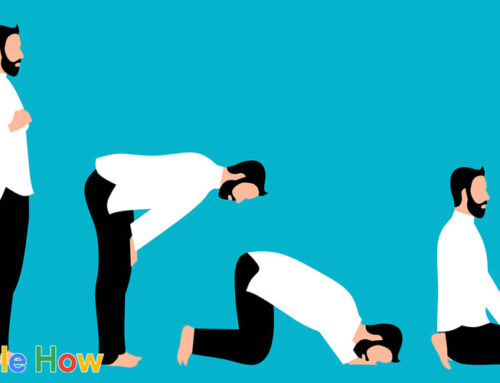
Leave A Comment